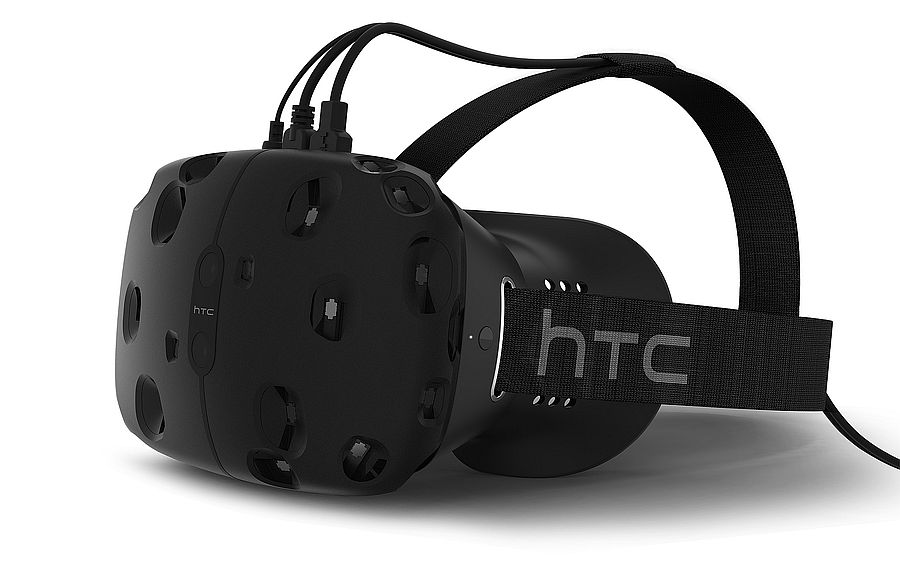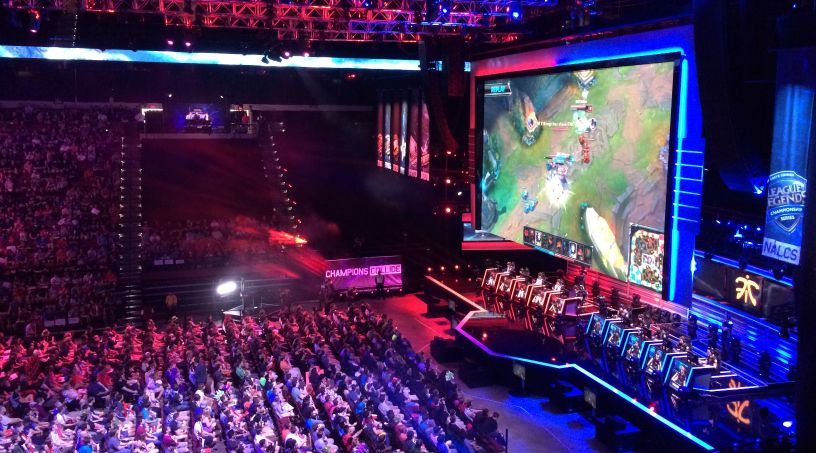Riot Games held the League of Legends Mid-Season Invitational last week in Tallahassee, Florida, bringing the top six teams from around the world to compete for $175,000 in prizes. It’s also an opportunity to see these teams compete directly in the middle of the year, and perhaps preview some of the matchups that might be coming when the World Championship is held this fall. It’s also a great way to build fan interest, and to that end Coca-Cola worked in collaboration with Riot Games and Cinemark Theaters to show the finals of the Mid-Season Invitational at Cinemark Theaters in major cities across the United States, and thousands of fans bought tickets to see the experience on the big screen, in addition to the thousands of fans that packed the Donald L. Tucker Civic Center.
Whalen Rozell, director of eSports for Riot Games, spoke with [a]listdaily about the continuing rise in eSports, how the structure of the leagues is changing, and how brands are getting involved.
Riot has really taken eSports to the next level for the entire industry, and its evolution has been rapid. How do you evaluate Riot’s progress with eSports, and what’s next to accomplish?
We’ve had the advantage, as you noted, of being able to stand on the shoulders of those who’ve come before us. There’s not a ton of secret sauce to it. One of the things that’s really mattered is that we’ve had a ton of focus on it. We really have focused on making League of Legends a true spectator sport in every sense of the word. We’ve had the advantage of being able to look at these other sports and see what’s worked and what hasn’t worked, and try to adapt certain things to see if it will work for us.Â
A great example is our broadcasters; they stand up when they broadcast games, just like the broadcasters might in the NFL. We asked ourselves, “Why do we sit them down at a desk ” when immediately the camera’s off them they get out of their chair and stand up and cast. So why do we have the desk there The answer was, “Because there always was a desk.” It was like a talk show. We asked ourselves. “why do we need to hang on looking at these guys for ten or fifteen minutes at a time We could be show pro players, the fans, the venue. We do think there is still a ton to learn, whether it’s from traditional sports or even other eSports. The complementary experience, we have a lot more to do on that front. We haven’t taken advantage of the fact that we’re online and have instant information about the teams. We’re really only limited by our imagination and the size of our engineering team.
How has the process been in dealing with all the different leagues?
Sometimes it’s very easy, especially where we have alignment in where we want the sport to go. A great example has been this year in Korea, where OGN, KeSPA (the alliance of the teams participating), Riot Korea (which does a lot of strategic esports participation there), and then the central team in Los Angeles that helps tie everything together, we all had the same aligned vision. We want a stable sport with better quality of life for pro players, and more security and stability for everybody that’s in there.
That’s why we made the format shift from the tournament format that they’ve run for the last two and a half years to League of Legends Korea, which although it has the same name is now a league format which has the teams playing weekly. You have a big format shift, but even though that format shift would normally be very challenging working with partners, because we’re aligned, because we have such a strong partnership we’re able to make that work. Sometimes it’s challenging and there’s a lot of give and take. There is a local flavor to it, and what we don’t want — and what we don’t do — is have an authoritarian central team telling the leagues what to do.
The rise of League of Legends as a game and its rise as an eSport have both been rapid. Do you foresee a time when you’ll have more eSport fans than players of the game, and does that concern you?
We’re talking many, many years out, but it could well be that there may be more League of Legends eSports fans than players. What’s cool is when you play the game you love, and you share your love for watching the game with someone who might not play the game. We see stories of that all the time, of a guy pulling his girlfriend in to watch who gets attached to a team or a player but doesn’t play the game all that much. Likewise, if you take a break from playing the game you can still watch eSports. We think it’s one and the same, the League of Legends lifestyle. When you watch or play League of Legends it’s a relationship we have with the fan or player. We’re equally responsible for having a positive relationship on both sides. You never know when you’ll have more fans than players, but both keep going up. The game is doing very well and viewership is doing very well.
Many other game companies are either putting more effort into eSports or considering doing so. Is this a good thing from Riot’s perspective?
We’re really happy to see eSports succeed across different games. CS: GO has had a fabulous year — I think they had a million peak concurrent viewers at the recent IEM [Intel Extreme Masters]. It’s been great to see other games succeed, because a rising tide lifts all boats. There are advantages when eSports succeeds as a whole. More partners are willing to commit and invest their time and invest their money and raise the overall quality of the industry. I know there are fans of different games who love to throw rocks at each other, but ultimately the success of one eSport helps us all.
With the involvement of brands in League of Legends, are we someday going to see players looking like NASCAR drivers when they come out on stage, covered with sponsor logos?
I can tell you with certainty, at least in the LCS, we do not want to go down the NASCAR route. Certain teams have more sponsors than others, but from a league perspective we want to have a few deeply integrated, highly relevant partners who want to go all in on eSports as much as we do. Coca-Cola is a great example of that. We’ve really had the time to bring them along, and their team has been very proactive about trying to learn and understand this space. We want partners like those who really want to go the distance and really go all in on eSports. The hope is you’ll see more of them as we continue to talk with more companies and gauge interest. But you won’t see that many, because we won’t be NASCAR.
It’s not in the league’s interest to have a very broad reach on sponsors, because that also takes sponsorships away from the teams. We want success of the league, success of the teams, success of pro players to all go hand-in-hand. We don’t want to gobble up sponsorships. If there’s a company that wants a smaller activation, or just wants to test the waters, we’ll very often direct them to one of the teams or to multiple teams.


